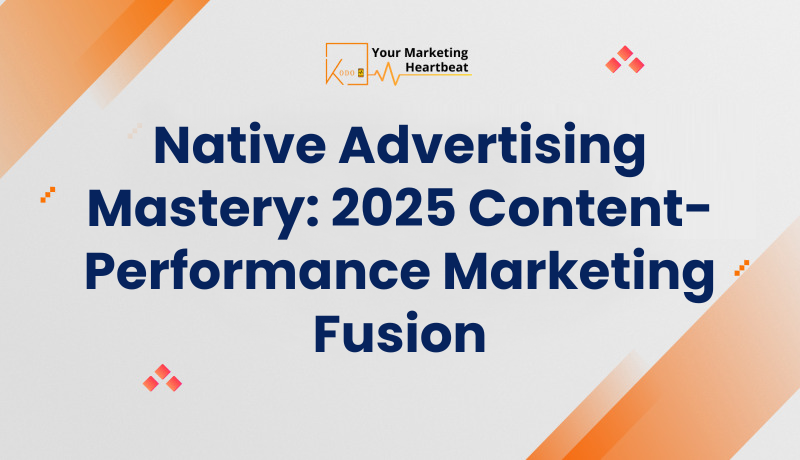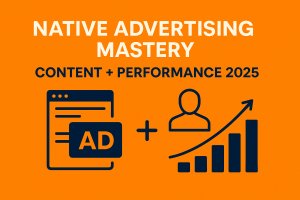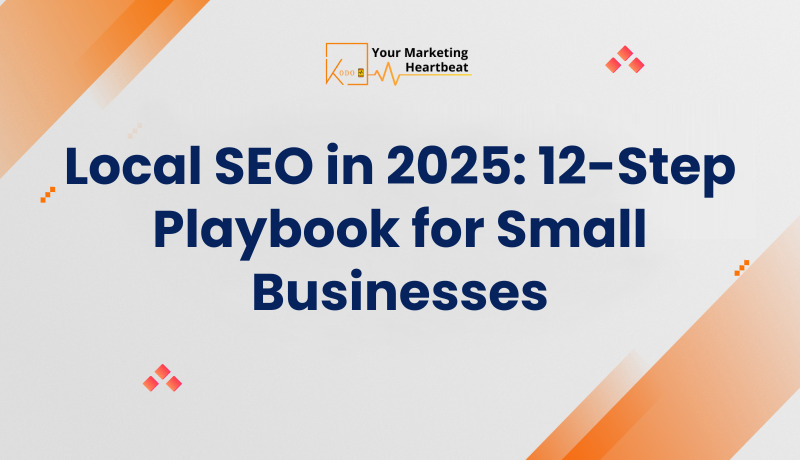
In the rapidly evolving landscape of digital marketing, native advertising has emerged as a powerful strategy that seamlessly integrates promotional content into the user experience. As we look towards 2025, the fusion of native advertising with content-performance marketing is set to redefine how brands engage with their audiences. This article explores the intricacies of native advertising, its strategic implementation, and the future it holds for marketers.

Native advertising is designed to blend in with the content of the platform on which it appears. Unlike traditional ads that disrupt the user experience, native ads provide value by offering relevant information or entertainment. This subtlety not only enhances user engagement but also fosters a more positive perception of the brand.
Over the years, native advertising has transitioned from a niche tactic to a mainstream marketing strategy. This shift is largely due to the increasing use of ad blockers and consumer fatigue with intrusive advertising formats. By aligning promotional content with the editorial style of the platform, native ads can effectively capture attention without being perceived as disruptive.
To maximize the effectiveness of native advertising, brands must focus on sponsored content optimization. This involves creating high-quality content that not only aligns with the brand’s messaging but also meets the needs and interests of the target audience.
To ensure that your native advertising strategy is effective, it’s essential to implement performance tracking. This involves monitoring key metrics such as engagement rates, click-through rates (CTR), and conversion rates.
Programmatic advertising has revolutionized how brands approach native advertising. By leveraging automated systems, marketers can optimize their ad placements in real-time, ensuring that their content reaches the right audience at the right time.
As we approach 2025, several trends are shaping the future of native advertising. Understanding these trends will help marketers stay ahead of the curve and adapt their strategies accordingly.
Personalization is becoming increasingly important in native advertising. Consumers expect tailored experiences that cater to their individual preferences. Brands that leverage data to create personalized content will likely see higher engagement and conversion rates.
Artificial intelligence (AI) and machine learning are set to play a significant role in optimizing native advertising strategies. These technologies can analyze vast amounts of data to identify patterns and trends, enabling marketers to create more effective campaigns.
As consumers become more discerning, the demand for authenticity in advertising is growing. Brands that prioritize transparency and honesty in their messaging will build trust and loyalty among their audiences.
To maximize the impact of your native advertising efforts, consider the following best practices:
As we move towards 2025, the fusion of native advertising with content-performance marketing presents exciting opportunities for brands. By focusing on sponsored content optimization, leveraging programmatic strategies, and staying attuned to emerging trends, marketers can create impactful campaigns that resonate with their audiences. The future of advertising lies in creating authentic, engaging experiences that seamlessly integrate with the content consumers love. Embrace this evolution, and watch your brand thrive in the digital landscape.



April 23, 2024